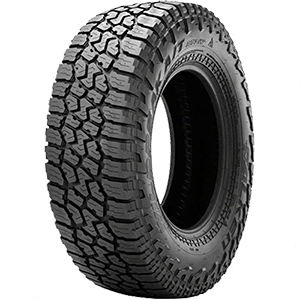
The air that’s “locked up” inside of the wheels is the only thing that’s holding the weight of your steel friend. Now, if you’re not planning on adding anything heavy in the back of the Jeep, that weight will be the same over a relatively long period of time. Therefore, the air volume should be consistent as well. It doesn’t really matter whether you’re rocking the Best Tires for Jeep Wrangler Sport or a regular set – this rule applies to all stock and aftermarket tires.
Figuring Out the Basics
It’s important to understand that different tire sizes require different air pressure for maximum efficiency. For example, if you pump the same volume of air into bigger tires (compared to the factory ones), you’ll need to drop the pressure. But how do you do that – how do you “air down” the tires on your own, without going to a local mechanic? That’s where tire deflators come in.
As the name suggests, you can use a deflator to lower the pressure in the tires. In other words, you can set the desired PSI (pounds per square inch). For off-roading on larger tires, you don’t want the air pressure to be sky-high, as that will negatively affect the Jeep’s performance. And if you find the right PSI, that will result in more traction, a stronger grip, and more durability.
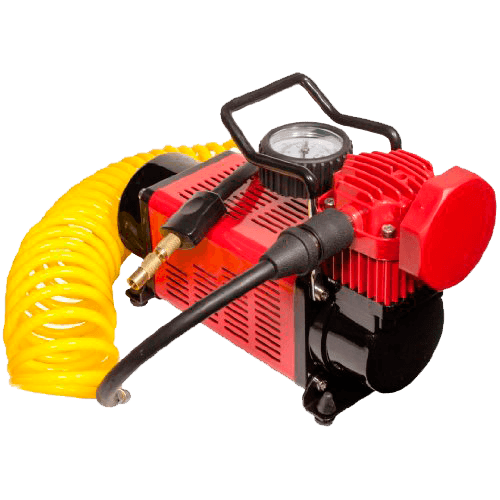
But what if you set the wrong air pressure? What if you weren’t planning on dropping it that low and are now dealing with a lack of pressure? For that, an air compressor is a God-sent. In contrast to the deflator, it adds air pressure instead of taking it away. If you want to learn more and pick the Best Off Road Air Compressor, check out my thorough review. In short: look for a compressor that’s lightweight, affordable, and has enough “kick” to pump the biggest tires.
How to Determine Tire Pressure: a Quick Guide
The big question here is exactly how low you should go and how to figure that out. Well, I’ve got just the list for you. Here are four working methods:
Check the sidewall. You’ll find the specs on the sidewall of any aftermarket tire set. Can you see the maximum pressure? Good, give those tires a nice pump, make the Jeep suitable for on-road commutes. Next, hit the road. If you don’t feel in control of the wheel and the ride quality is bad, that means it’s time to drop the air pressure. Fast tire wear (especially the center of the tires) is also a sign.
The weight matters. There is no right or wrong air pressure level – it all depends on the weight of the Jeep. If you know exactly how much it weighs, go to the tire manufacturer’s website. All leading third-party companies have detailed tire pressure guides/manuals available for free. Here’s what you should do. Pack the Jeep with all your gear and ask a couple of buddies to hop in for a ride.
Next, drive to the nearest scales. For this to work, I recommend recording the weight three times. First, check the weight with only the front wheels resting on the scales. Then, slowly move the entire vehicle onto the scales. Finally, check how much the Jeep weighs with only the back wheels on the scales. If you did everything right, the weight of the rear wheels and the front wheels combined should roughly be the same as the total weight.
To figure out how much each tire weighs, cut the front or the rear weight in two – that will give you a very close estimate.
Take a good look at the charts. This one is for the Jeep owners that don’t have any replacement parts except for the wheels. Identify the recommended air pressure for the factory tires. Then, check the recommended weight for that pressure. Once that’s done, figure out the safe pressure level for that new set of wheels (tires). The weight load and charts will help you do that.
Some adjustments might be required. If that’s the case, I’ve got a quick trick for you: divide tire weight by the tire pressure – that’s it!
The good old chalk technique. I know this might sound weird, but it actually works. All you’ll have to do is chalk up the tires to find the contact patch size. For this to go smoothly, park your Jeep on a flat surface. Once you chalk all four tires, drive forward a bit and then move back. One sign that signals an overly high air pressure is when the chalk only wears away in the middle.
Drop the pressure with a deflator, and start again. Only stop when you see the chalk wearing out evenly. I recommend repeating this process with all four tires to make sure you’ve nailed it. Remember: we’re talking about street driving pressure here. Most likely, you’ll need to make further adjustments depending on the extra gear, aftermarket parts, and the overall load.
For off-roading, the “street” pressure won’t do either: you’ll have to deflate the tires. I don’t wanna get into detail here, but 15-20 PSI is an excellent starting point for conquering the wilderness. For off-roading in the sand (the soft kind), the experts drop the pressure even lower – to 10 PSI. That can be risky, however, so, only do that if you’re an experienced driver. In contrast, the factory tires are mostly set to 35 PSI.
Conclusion
Alright, that is all for today! Most regular drivers prefer to let the mechanics handle everything “techy”, but we, the fans of off-roading, aren’t wired that way. We like to get our hands dirty and do things manually. Tire pressure adjustment is one of the key elements of a successful off-roading adventure. In this post, we talked about the basics and familiarized ourselves with deflators and compressors.
Plus, I shared my tire pressure routine – how to check how low (or high) it is. Even if you just purchased the Best Tires for Jeep Wrangler Unlimited Sahara, they won’t do you much good unless the air pressure is right. I tried to keep this guide as user-friendly as possible, but if some things are still unclear, I’ll be happy to answer your questions. Leave a comment, and I’ll make sure to hit you back!
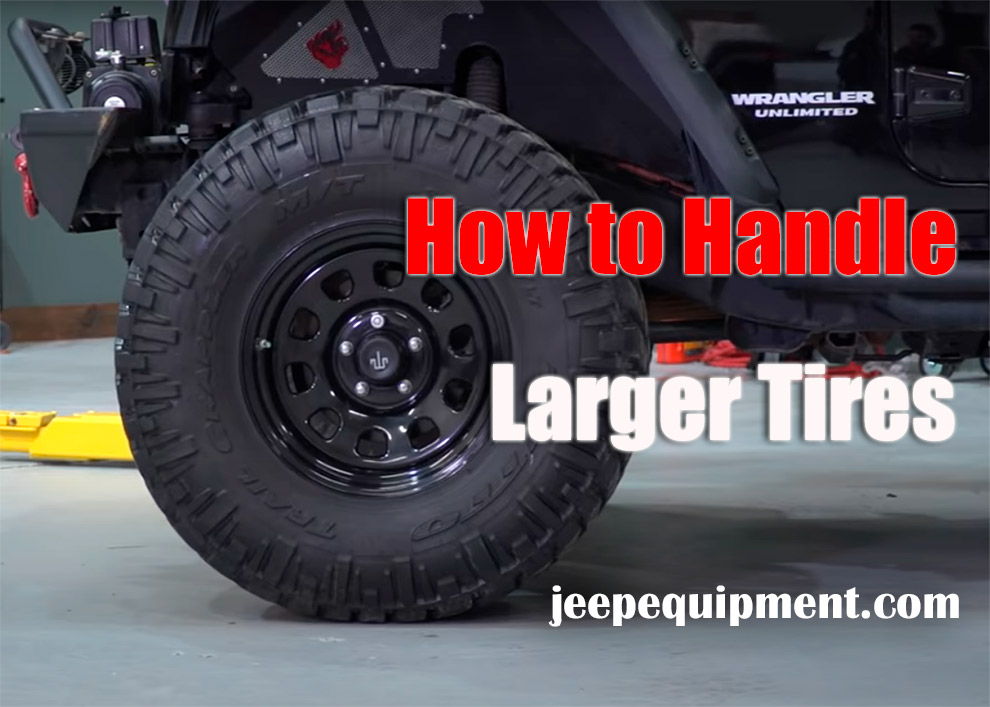
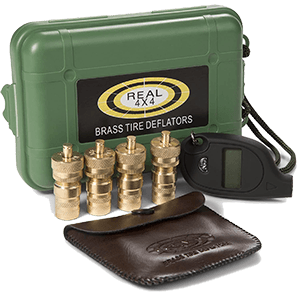
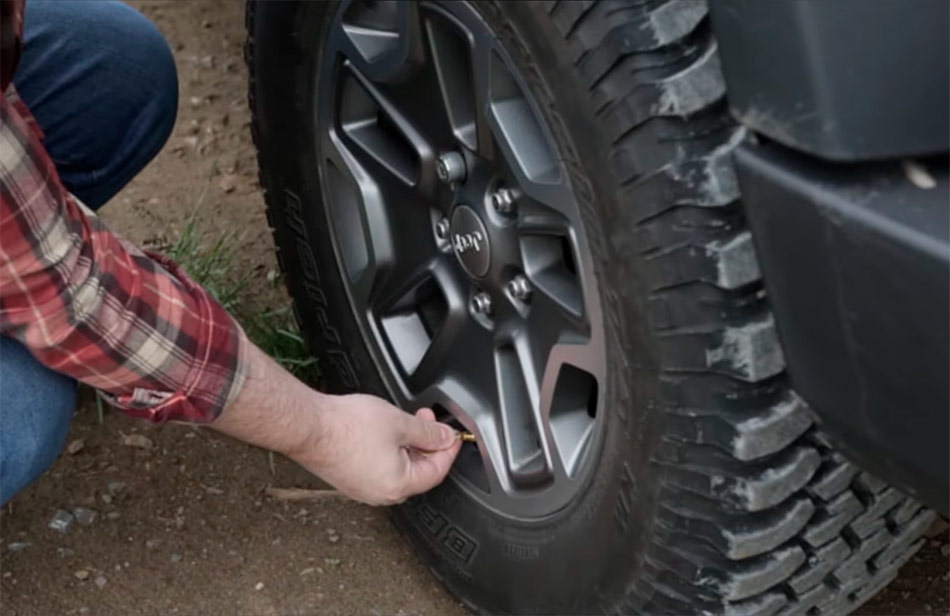
Add Comment